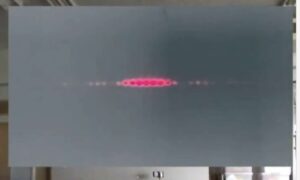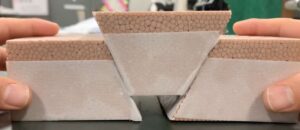Why Does a Motor Keep Spinning? Unraveling Fleming’s Law and the Secret of the Commutator with Digital 3D and Papercraft!
I’m Ken Kuwako, a Science Trainer. Every day is an experiment.
How many “motors” do you think are around you? Fans, washing machines, smartphone vibrations, even train wheels… Our lives are overflowing with the power to “rotate” things. But if someone asks you, “Why does electricity make things spin?” it can be a tricky question, right? How can we explain the invisible forces of electricity and magnets?
To solve that mystery, I found a fantastic teaching tool that explains the mechanism of a motor using the amazing 3D graphing software “GeoGebra.” Take a look!
“Seeing” the Motor Mechanism with GeoGebra
Check this one out… (Search: DC Motor)

Or how about this! (Search: Cópia de Electric Motor)

While you can view these on a PC, I highly recommend the iPad app version of GeoGebra. The best part? You can “drag and spin it yourself!” In a textbook, a flat diagram showing “the force is directed into the page here” might not click immediately. But with this resource, you can rotate it to any angle and realize in 3D, “Oh, that really is the direction the force is acting!”
It’s literally a way to verify “Fleming’s Left-Hand Rule” with your own hands. Technology has brilliantly overcome the challenge of communicating 3D phenomena.
Understand It Digitally, Then Build It Analog!
Once you’ve had that “Aha!” moment understanding the mechanism with a digital 3D model, the natural next step is to want to build it with your own hands! Inspired by Shotaro Kishi Sensei, who works on creating science educational materials as #papercraft, we made the “Spinning Paper Motor 2” with my students. Now, let’s look at the heart of this paper motor to understand “why it keeps spinning.”
Fleming’s Rule and the “Rotational Force”
First, let’s consider the moment when the current flows through the coil in the direction of “abcd.”
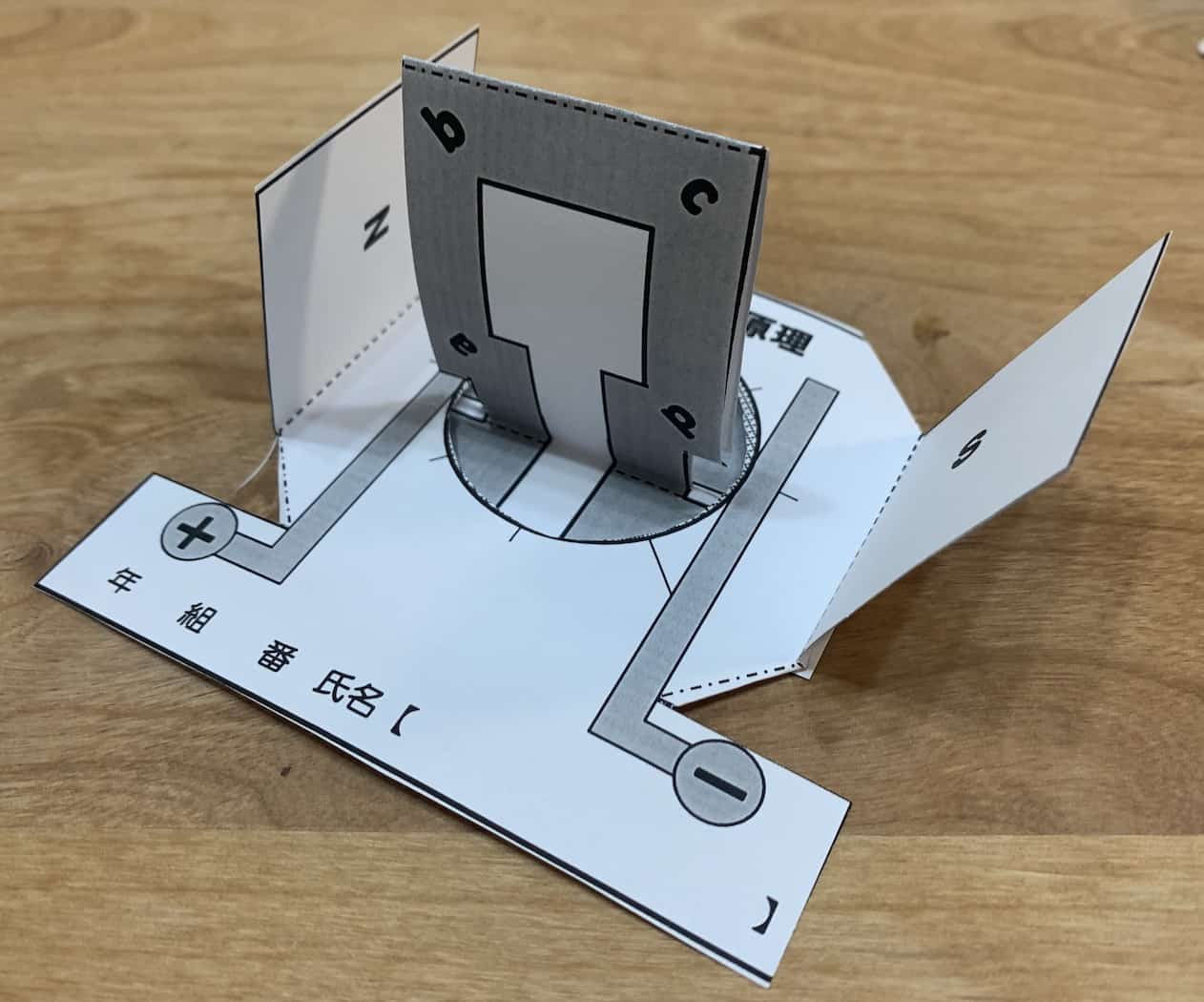
Here comes the star of middle school science: “Fleming’s Left-Hand Rule!” It’s “Force, Field, Current” (Thumb, Forefinger, Middle finger).
Let’s focus on the “ab” section of the coil. The current is from “a→b.” The magnetic field is from the North (N) pole to the South (S) pole. Align your left hand’s Middle Finger (Current) and Forefinger (Field) with these…
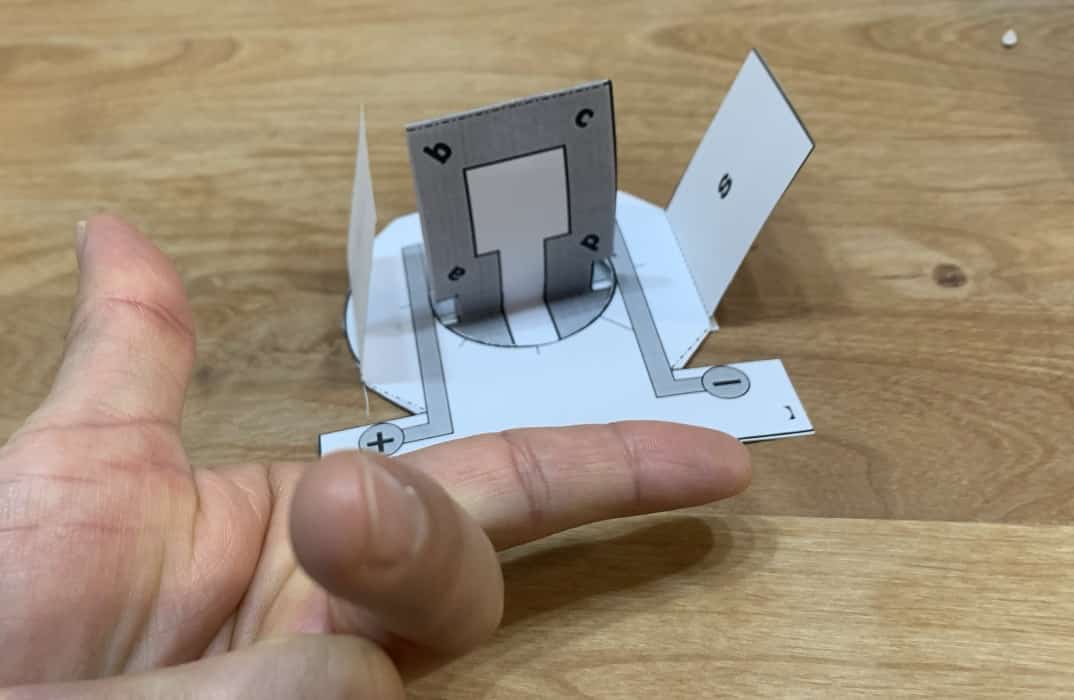
The Thumb (Force) points “inward (into the page)!” Next, look at the “cd” section of the coil. The current is from “c→d.”
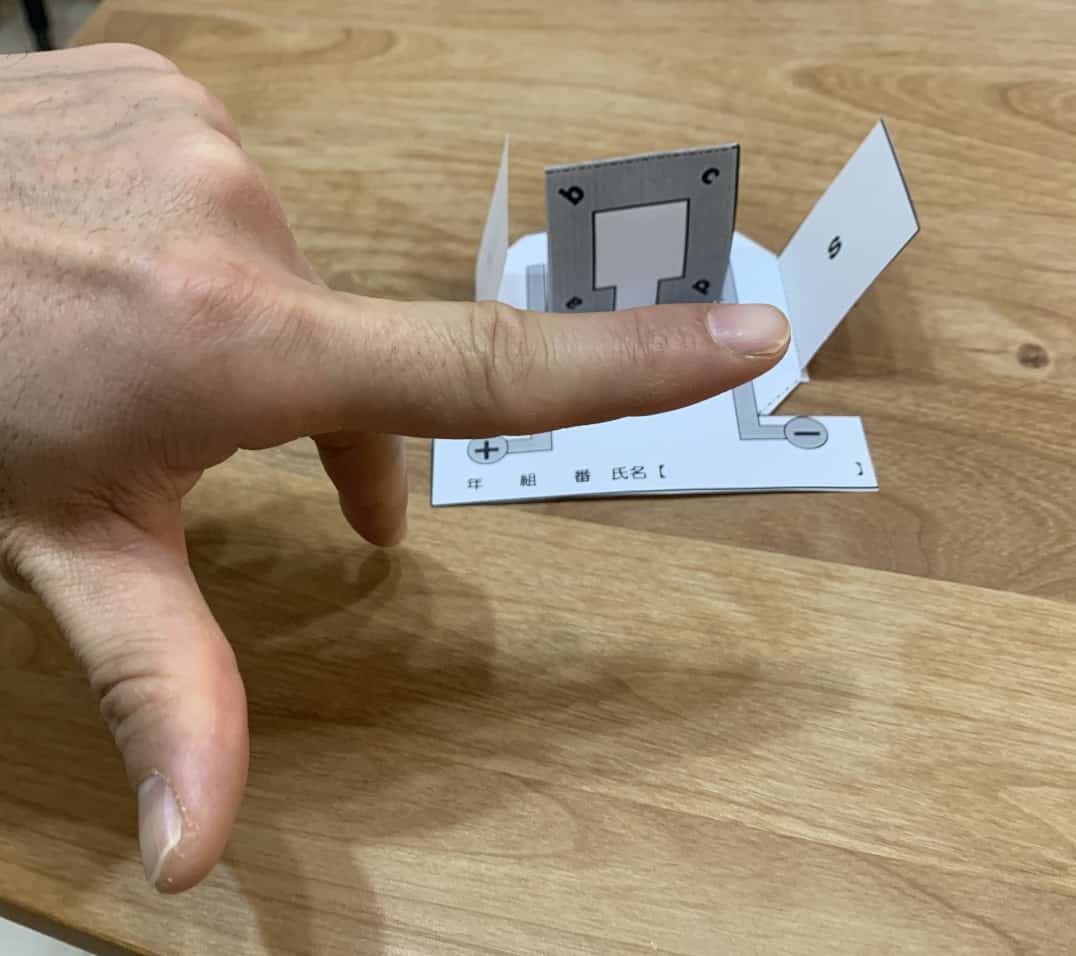
Apply your left hand the same way… this time, the Thumb (Force) points “outward (toward you).”
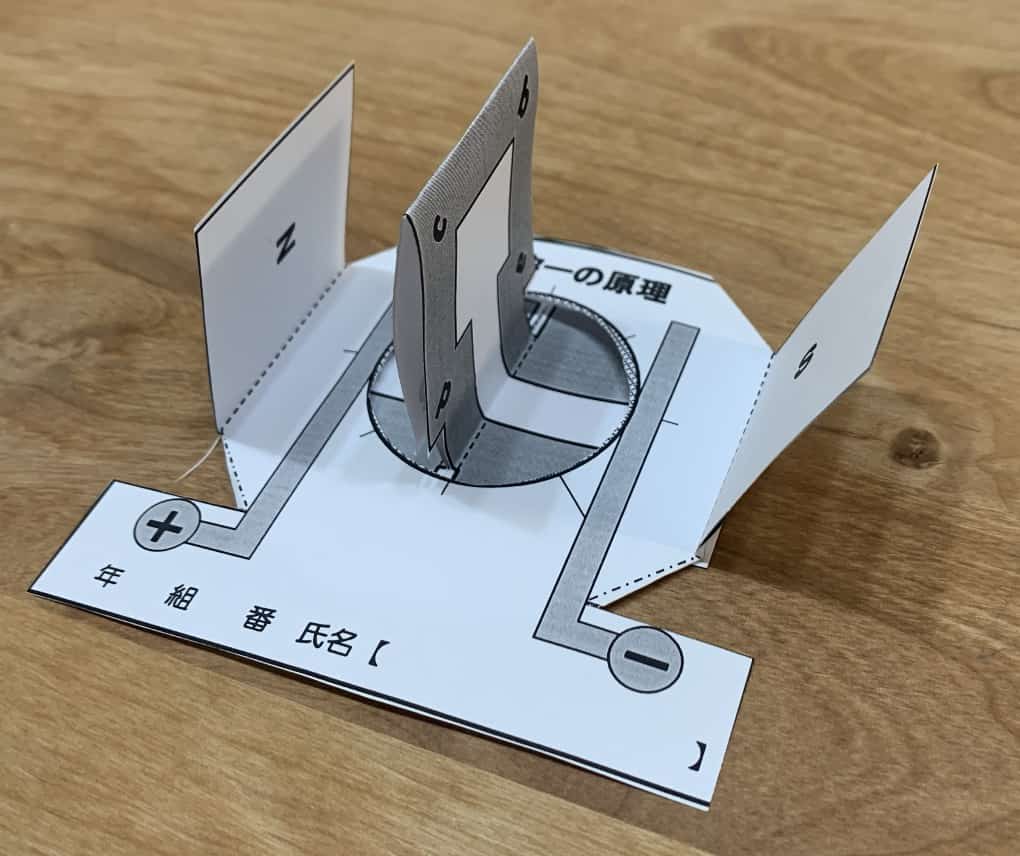
Now, imagine this: one side of the coil (ab) is pushed inward, and the other side (cd) is pulled outward. What happens? That’s right! The coil starts to “turn!” This is the motor’s first step.
The “Clever Trick” to Keep It Spinning
However, a big problem arises here. What happens when the coil rotates half a turn, and the positions of ab and cd are swapped? If the current were to remain “abcd”… the force would act in the opposite direction, and the rotation would stop! It would be like being pushed in the wrong direction while swinging on a seesaw.
This is where a vital component, sometimes called the motor’s “invention,” steps in: the “commutator!”
The commutator flips the direction of the current to “dcba” every time the coil completes a half-rotation.
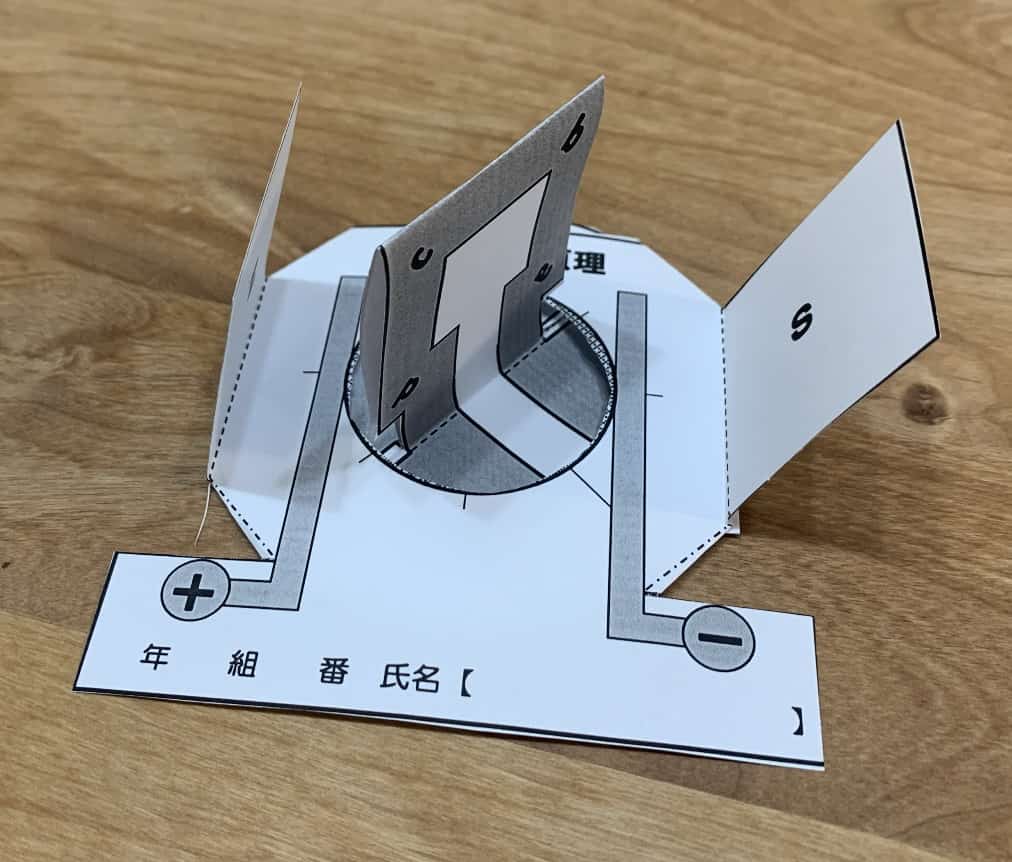
When the current direction flips…
The current flowing through the “cd” section (which has rotated to the front) now experiences a force “inward (upward in this diagram),”
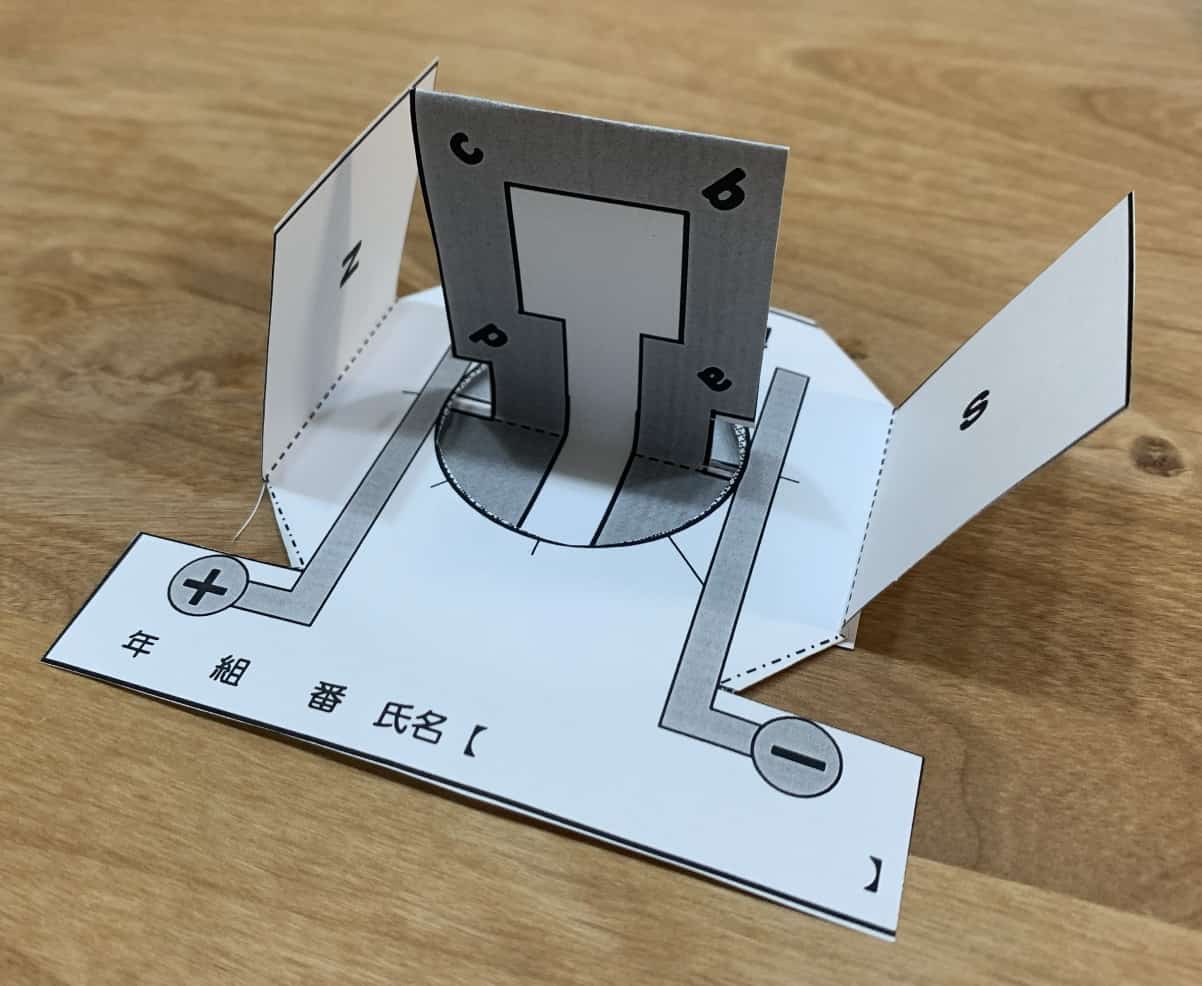
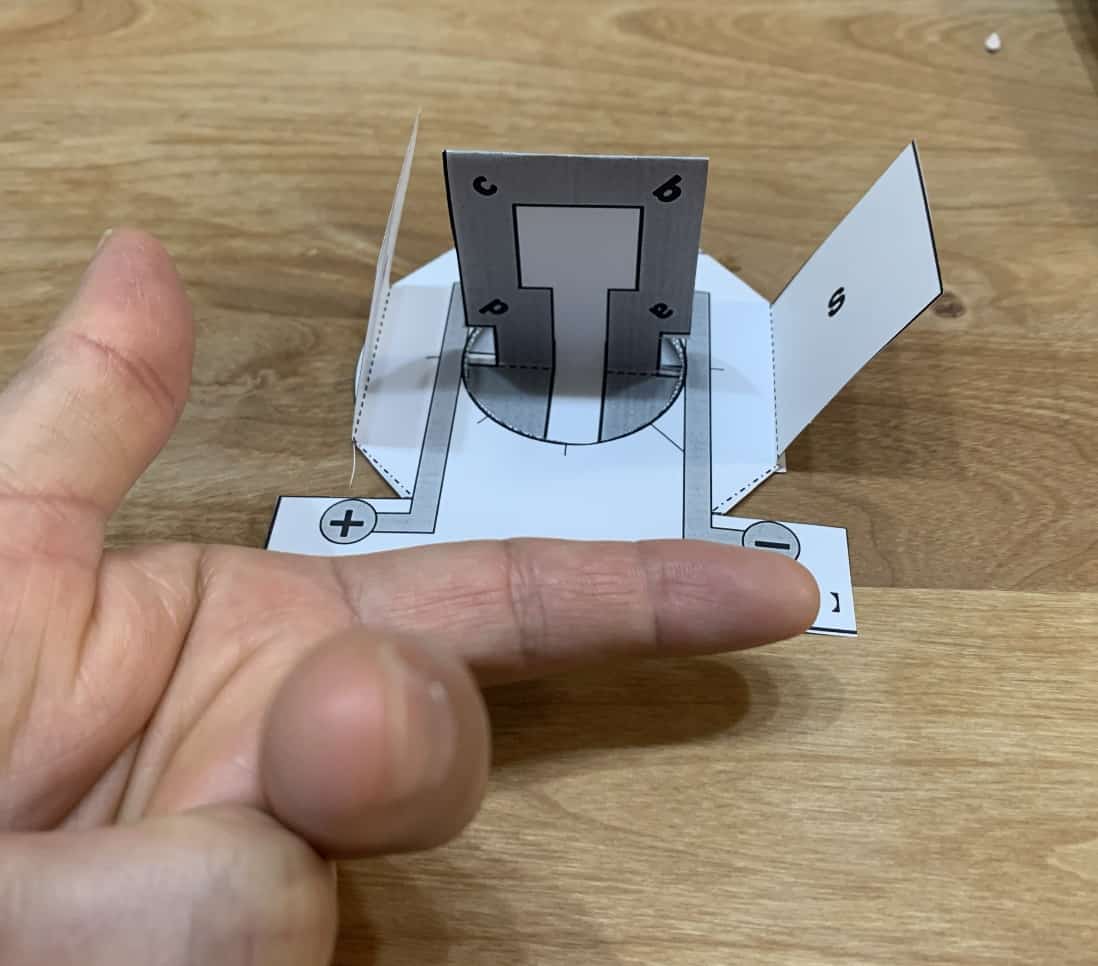
And the current flowing through the “ab” section (which has rotated to the back) experiences a force “outward (downward in this diagram).”
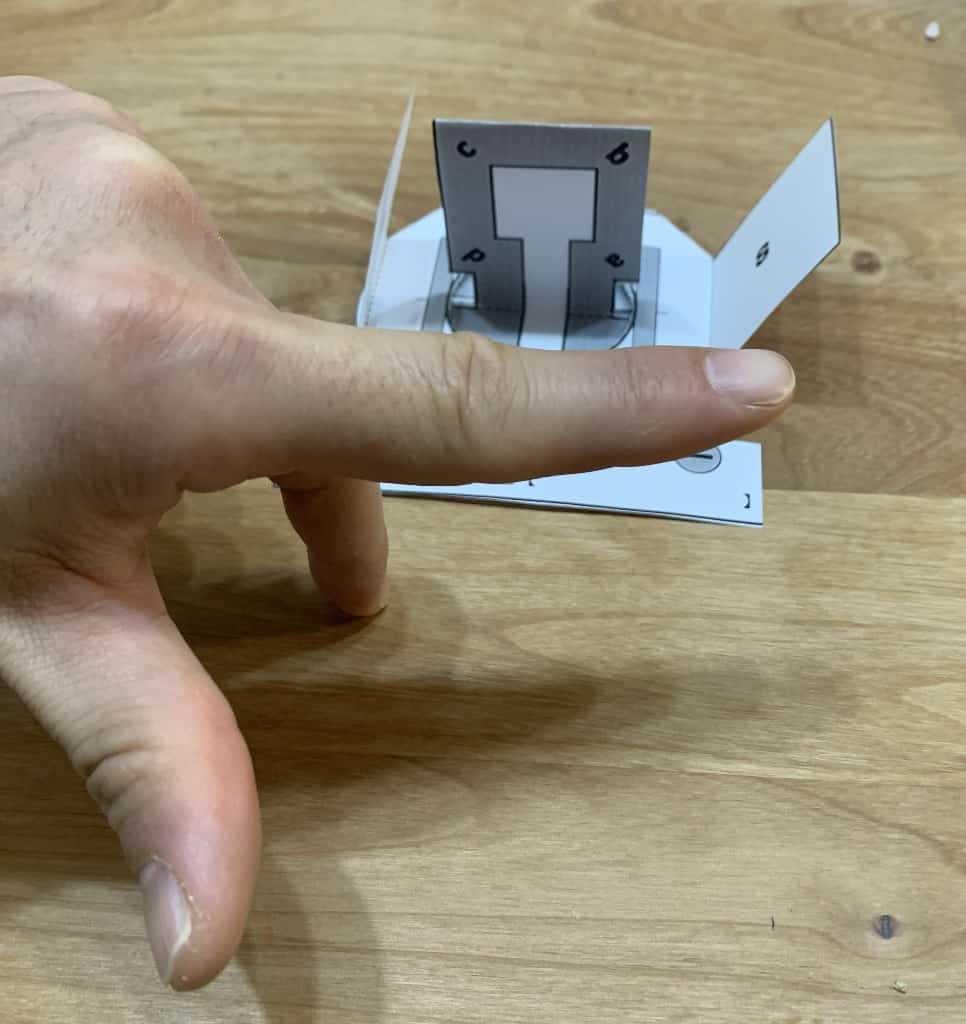
Thanks to this clever mechanism that “reverses the current at the perfect moment,” the motor continuously receives force in the same direction and can keep spinning round and round!
For Those Who Want to Dig Deeper
This time, we explored the motor principle by moving back and forth between digital 3D models and an analog papercraft. The GeoGebra material created by Tom Walsh is also very clear, so please take a look!

https://www.geogebra.org/m/DsCfTEex#material/PN2YrxBb
When you move from “I kind of know it” to “I can explain the mechanism!”, science becomes a lot more fun!
Inquiries and Requests
Bring the wonders and fun of science closer to home! We’ve compiled easy-to-understand tips and fun science experiments you can do at home. Feel free to search around! ・The content of the Science Note is now a book. Find out more here. ・About the operator, Ken Kuwako: click here. ・For various requests (writing, lectures, experiment classes, TV supervision/appearances, etc.): click here. ・Updates on articles are posted on X!
![]() The Science Note Channel streams experiment videos!
The Science Note Channel streams experiment videos!

